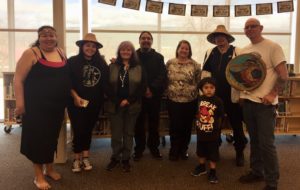
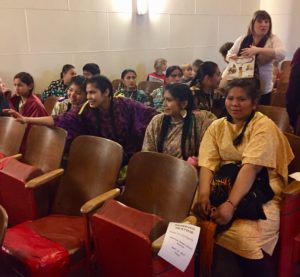
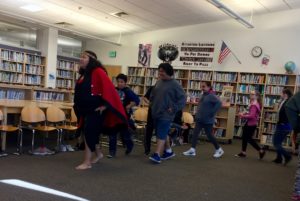 A lot of the work of being an author is the dull and dry sitting at a desk (even when that desk is in a tree) and writing day after day. But every now and then an event comes along that you know you’ll remember forever. The American Indian Cultural Festival in The Dalles last week was just such a moment. It was a celebration of literature and poetry and music and dance. It involved a group of books that I admire and authors I feel honored to share the stage with: Elizabeth Woody, Oregon’s Poet Laureate, Craig Lesley, acclaimed author of contemporary western literature, and National Book Award winning writer Sherman Alexie.
A lot of the work of being an author is the dull and dry sitting at a desk (even when that desk is in a tree) and writing day after day. But every now and then an event comes along that you know you’ll remember forever. The American Indian Cultural Festival in The Dalles last week was just such a moment. It was a celebration of literature and poetry and music and dance. It involved a group of books that I admire and authors I feel honored to share the stage with: Elizabeth Woody, Oregon’s Poet Laureate, Craig Lesley, acclaimed author of contemporary western literature, and National Book Award winning writer Sherman Alexie.
I was lucky enough to spend time with an adult book club and share a poetry reading with some truly outstanding young poets. I got to hear the culture club from Lyle school in Washington give their very first performance in the Sahaptian language with traditional dancing. They were simply amazing. I’m so proud of all they’ve accomplished in a year. I meet with some avid writers in the North Oregon Juvenal Detention Facility, and best of all I got to dance with the Taholah drum group from the Quinault Reservation. My favorite part of the whole thing was the series of classrooms who came to hear me and the Taholah drum group speak. They had all kinds of great questions about the culture and art of the Quinault and Makah and the practice of tribal whaling. It was the sort of mind-opening conversation that cultural festivals are made for. I am very grateful to Julian Peterson and Marko Black and all the tribal dancers from Taholah who shared their songs and prayers and dances so generously, and who invited the students to dance and drum along so whole-heartedly. I know those are memories the students will always cherish.
Thank you to Jim Tindale the librarian at The Dalles School District who made this all happen in 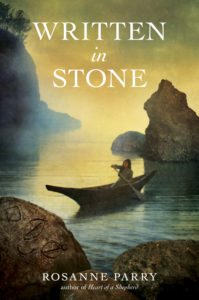 conjunction with the great booksellers at Oregon’s oldest bookstore Klindt’s who sold all the books and hosted many of the events. Tina Ontiveros is the manager at Klindt’s and Joaquin Perez is the owner. The fundraising for this event was truly a community affair with donations coming from area schools and libraries, educational foundations, local congregations, Oregon’s poet laureate program, the Wasco County Cultural Trust, the Ford Foundation, the Meyer Memorial Trust, and the Confederated Tribes of the Grande Ronde. It’s inspiring to see so many community members come together in support of literacy and the cultural understanding of our local American Indian communities. Thank you!
conjunction with the great booksellers at Oregon’s oldest bookstore Klindt’s who sold all the books and hosted many of the events. Tina Ontiveros is the manager at Klindt’s and Joaquin Perez is the owner. The fundraising for this event was truly a community affair with donations coming from area schools and libraries, educational foundations, local congregations, Oregon’s poet laureate program, the Wasco County Cultural Trust, the Ford Foundation, the Meyer Memorial Trust, and the Confederated Tribes of the Grande Ronde. It’s inspiring to see so many community members come together in support of literacy and the cultural understanding of our local American Indian communities. Thank you!

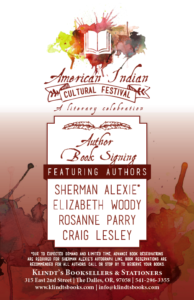 I am beyond thrilled to be included in the American Indian Cultural Festival held this week in The Dalles. I will be appearing alongside Sherman Alexie, Elizabeth Woody, the poet laureate of Oregon, and adult writer, Craig Leslie. We will be doing a poetry reading which is free and open to the public on Thursday April 13th at 4:00 in The Dalles Middle School Commons. There will be live music and a drum and dance group from the Quinault Nation. Each of the authors will read a new poem. If you happen to be in the area, I’d love to see you there.
I am beyond thrilled to be included in the American Indian Cultural Festival held this week in The Dalles. I will be appearing alongside Sherman Alexie, Elizabeth Woody, the poet laureate of Oregon, and adult writer, Craig Leslie. We will be doing a poetry reading which is free and open to the public on Thursday April 13th at 4:00 in The Dalles Middle School Commons. There will be live music and a drum and dance group from the Quinault Nation. Each of the authors will read a new poem. If you happen to be in the area, I’d love to see you there. In addition to the poetry event I will be attending a talk by Sherman Alexie at The Dalles High School. Hundreds of children will come in on busses from all over the county to hear him read from Thunder Boy Jr. which was illustrated by the amazing Yuyi Morales. This event will include drummers and dancers from the Quinault nation.
In addition to the poetry event I will be attending a talk by Sherman Alexie at The Dalles High School. Hundreds of children will come in on busses from all over the county to hear him read from Thunder Boy Jr. which was illustrated by the amazing Yuyi Morales. This event will include drummers and dancers from the Quinault nation.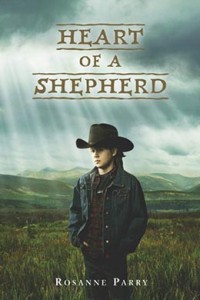
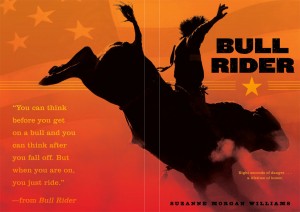
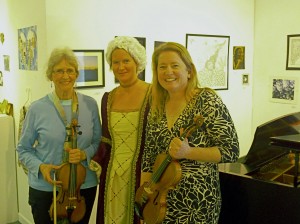

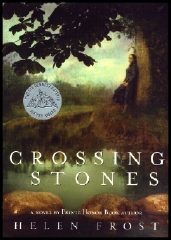
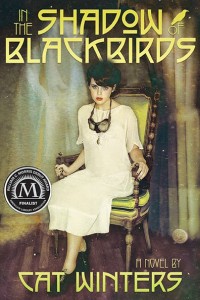
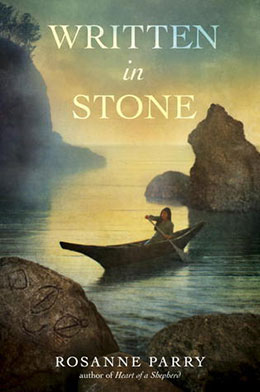
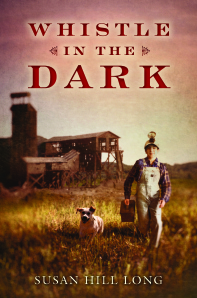

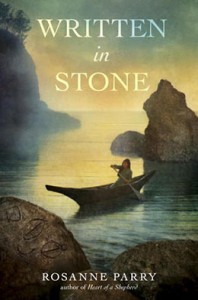 not mine is wrong. Making things up is what a fiction writer does. When the cover team was meeting I sent them a bunch of photographs of the Olympic Peninsula so they could get a feel for the ecosystem. The pictures included one of a petroglyph which is on public land and which commonly appears in works of non-fiction. I was so happy to see Richard Tuschman, the cover artist, incorporate a few petroglyphs on the cover–inventing an element in the style of this art but not stealing what’s not his to copy.
not mine is wrong. Making things up is what a fiction writer does. When the cover team was meeting I sent them a bunch of photographs of the Olympic Peninsula so they could get a feel for the ecosystem. The pictures included one of a petroglyph which is on public land and which commonly appears in works of non-fiction. I was so happy to see Richard Tuschman, the cover artist, incorporate a few petroglyphs on the cover–inventing an element in the style of this art but not stealing what’s not his to copy.